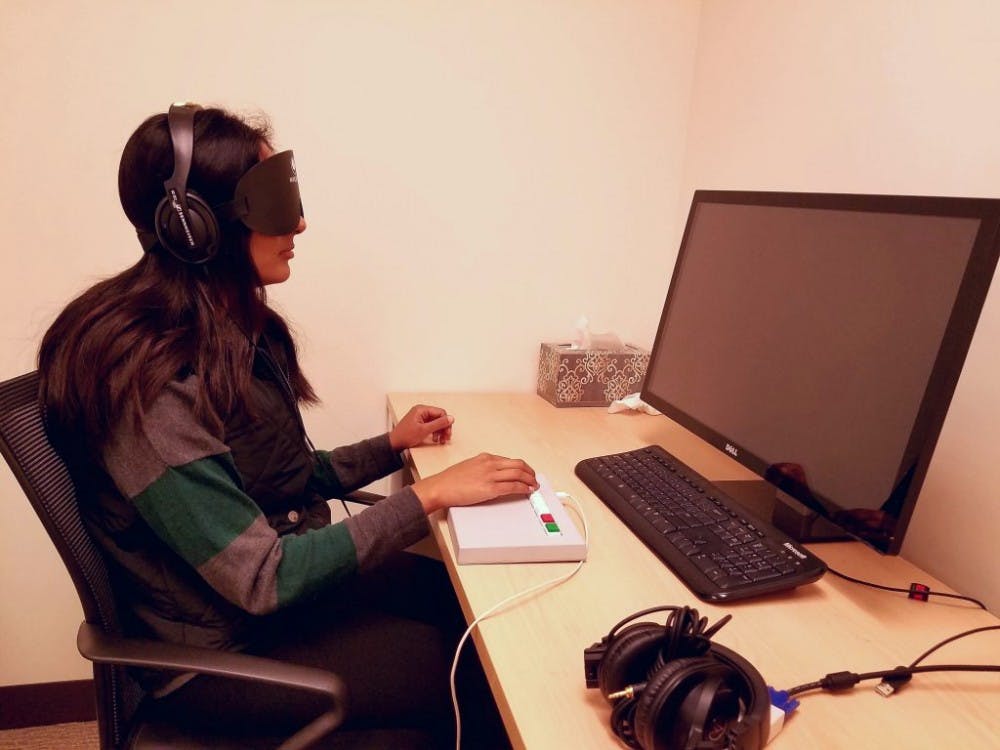Hopkins neuroscientists published on Sept. 19 new findings that the brain network involved in numerical reasoning is identical in both blind and sighted people.
Published in Proceedings of the National Academy of the Sciences, the results of the study suggest that the visual cortex in blind people plays a crucial role in doing math. Based on the experiments, the researchers believe that the human brain is more highly adaptable than previously believed.
The research team performed brain scans on blindfolded people who were either sighted or congenitally blind, while they solved math equations and answered language questions. Throughout the experiment, the participants solved pairs of increasingly complicated math equations and were asked if the answer was the same as the previous question. They also listened to pairs of sentences and decided whether the meaning of the sentences was the same or different.
In both sighted and blind participants, the intraparietal sulcus, the key portion of the brain involved in number reasoning, showed strong activity as they considered the math problems. In blind participants, regions of the visual cortex lit up on the scans. In fact, the more complicated the math, the greater the activity in the vision center was.
“The number network develops totally independently of visual experience,” lead author Shipra Kanjlia, a graduate student in the Department of Psychological and Brain Sciences in the Krieger School of Arts and Sciences, said in a press release. “These blind people have never seen anything in their lives but they have the same number network as people who can see.”
Previously, the neuroscience community believed that each brain region had an intrinsic function that could adapt slightly but not change fundamentally. This study, along with other recent findings, demonstrates the visual cortex’s potential for extreme plasticity and ability to process and respond to stimuli that are not sight-based, from math problems to spoken language.
Marina Bedny, lead researcher and assistant professor, said that the findings here correspond to earlier results and suggest that the brain as a whole could be extremely adaptable.
It functions almost like a computer that, depending on data coming in, can reconfigure itself to handle almost limitless tasks. Someday, it could be possible to reroute functions from a damaged area of the brain to a new spot.
“If we can make the visual cortex do math, in principle we can make any part of the brain do anything,” Bedny said in the press release.
But a blind person’s visual cortex isn’t just responding to new functions haphazardly. The region has become highly specialized and segmented.
“The research is really exciting because it shows that a blind person’s visual cortex isn’t a static center. It doesn’t just become the mathematical reasoning center or their language processing centers and stay that way,” sophomore Jocelyn Kim, a summer research assistant in the lab, said. “The scans showed that for a blind person, even when you’re resting, there are still new regions of the brain connecting to other traditional areas of the brain, associated with all kinds of functions. Your brain is constantly learning, adapting and building new networks.”





